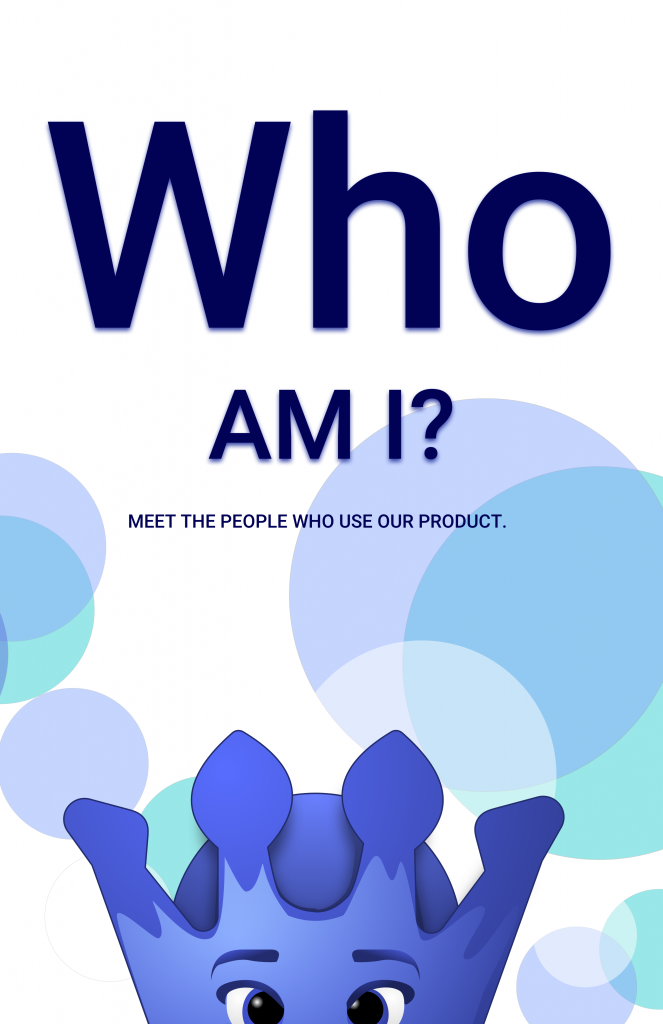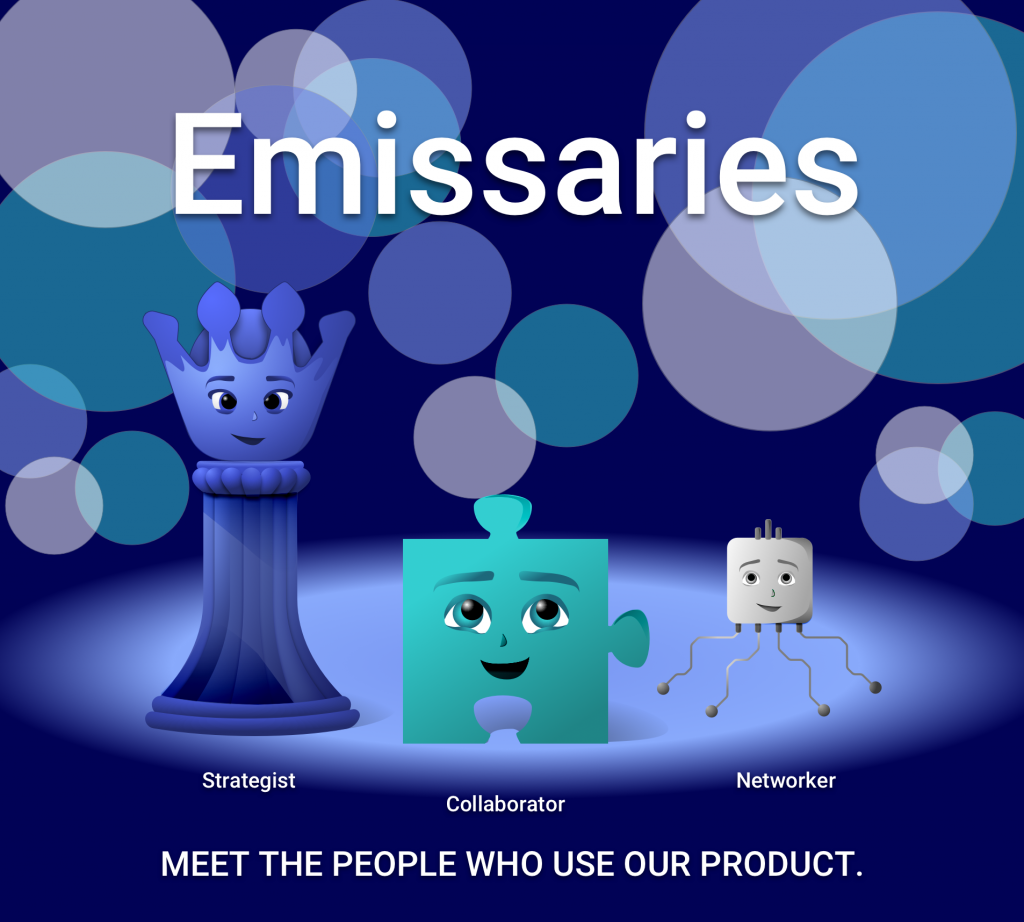There was no alignment in the company on who our customers were which created tension and confusion among the teams and business leads.
I created personas to help create alignment across the organization to who our customers are and their needs. A “persona” is a representation of an actual user based on research and is applied in the early stages of product development or product redesign. They are vital to the success of a product because they drive design decisions by taking common user needs and bringing them to the forefront of planning before design has actually started.
For example, “How would Peter, Joe, and Jessica experience, react, and behave in relation to feature X or change Y within the given context?” and “What do Peter, Joe, and Jessica think, feel, do and say?” and “What are their underlying needs we are trying to fulfill?”
Personas, in most people’s minds, use demographics to divide between segments and to represent thinking styles. Demographics can cause assumptions, shortcuts in thinking, and subconscious stereotypes by team members. They do not help anyone in developing empathy though there are some exceptions.
My role
I led the user research and the design of the personas. I collaborated with two product managers and marketing in refining the copy to be aligned with the brand’s voice and tone.
The makings
There are 4 key components to creating a persona:
- Data collection and analysis
- Persona descriptions (from user interviews)
- Scenarios
- Acceptance in the organization
To formulate personas, I needed research. I worked with a product manager and the customer experience team to gather as much data as I could from customer support tickets.
In order to build empathy, I develop questions to ask to understand the person’s background, their goals, their motivations, and their experience on the platform–not their demographics.
I interviewed 20 users over the course of 3 months segmented into 3 cohorts:
- Less than 6 months, had 1 engagement in 3 months from sign-up
- Less than 6 months, had more than 1 engagement in 3 months from sign-up
- More than 6 months, had more than 1 engagement in more than 3 months from sign-up
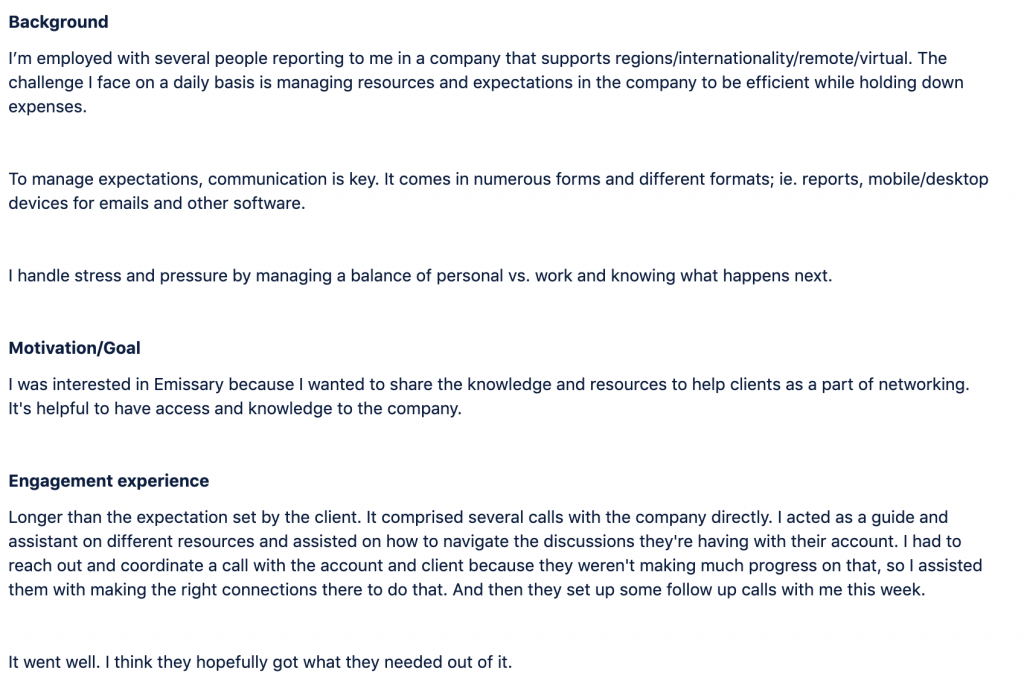

In the interviews I gathered for personas, I noticed that they described themselves as “consultants,” but their stories were about bigger aims than money: supporting people with their goals. This is what’s important for the organization to understand–knowing this, you can dream up much more powerful support for them.
After collecting the interviews, I began to find commonalties in people’s traits that formed the building blocks of who they are. With these commonalities, I grouped them into 3 personas based on their overarching goals–what are they looking to answer from the product.
“I want to share my knowledge to be transformational in my approach as I prepare that team along with the other executives to succeed to make an impact.”
Strategist
“I understand that there are clients who have great solutions but they have no idea how to position it. I feel their pain and for me to assist, I’m happy to support and guide them through the process, especially if they’ve got solutions that I think will be helpful to folks in these fields.”
Collaborator
“I want to help my previous company understand how the product works, how it can be utilized, what gaps it addresses, and does it represent a virtual tool set for people to kind of apply to different situations where these gaps exist.”
Networker
When consolidating the interviews, I started sketching out initial ideas for visualizing how the personas can be represented. Photos are a start yet be wary of creating bias and false assumptions.
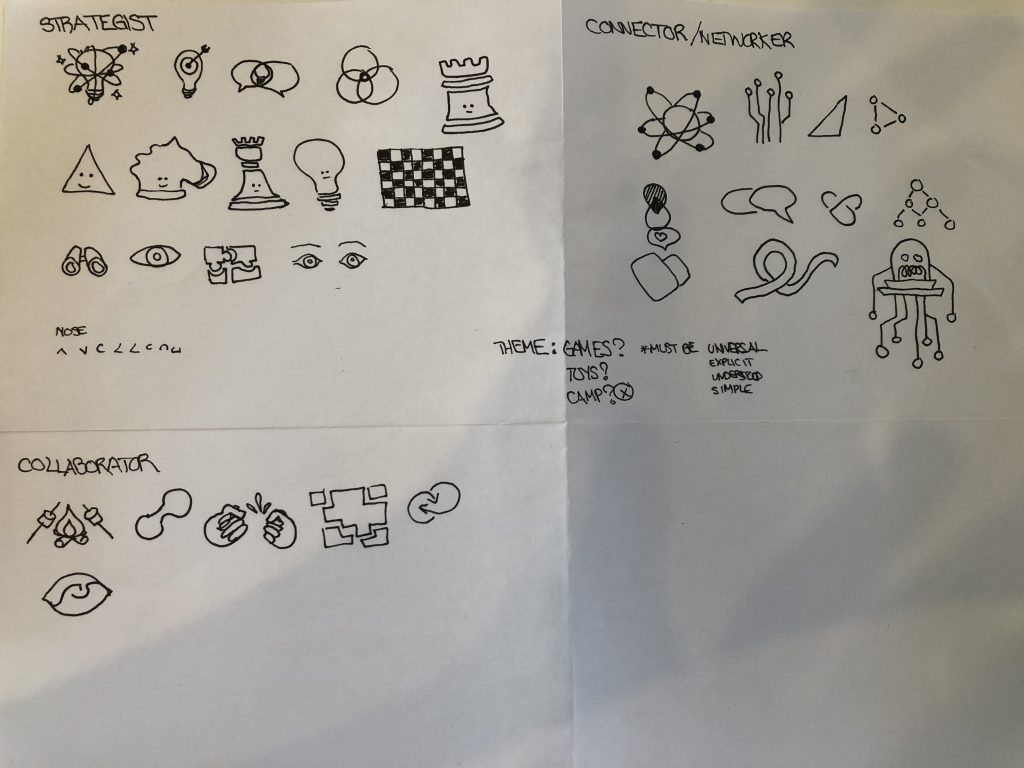
I looked towards Pixar for inspiration on how they capture human emotions through inanimate objects and based my illustrations through their principles of character design.
When designing a character, I research the persona I’ve created to evaluate who the character is aimed at, the visual impact, what colors to use, and conveying personality, using expressions and characteristics when faced with any situation and their reactions to these situations. Using expressions both facial will further develop the character, overly exaggerating these expressions or even under exaggerating them can truly define a characters personality.
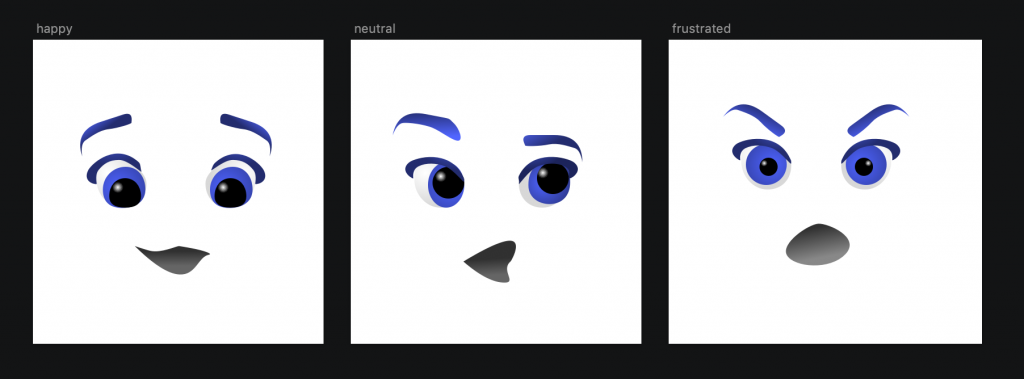
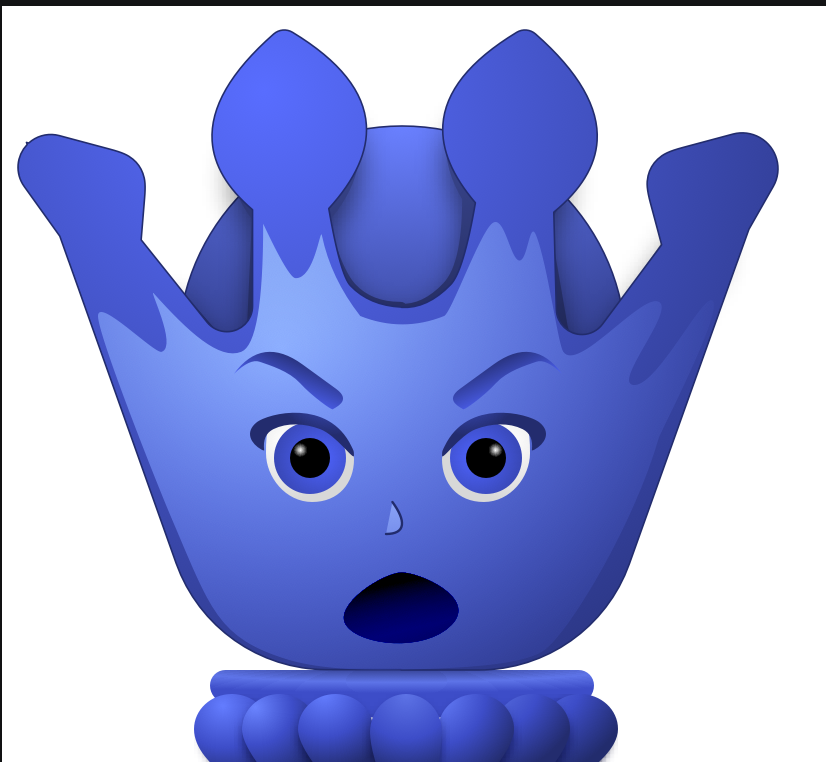
Designing the strategist, I added many straight lines and rounded angles to represent sharp thinking and approachable personality. Sometimes, there’s symbolism embedded in the character’s design. The character of the networker was designed in the shape of a box to symbolize an in-the-box thought process.
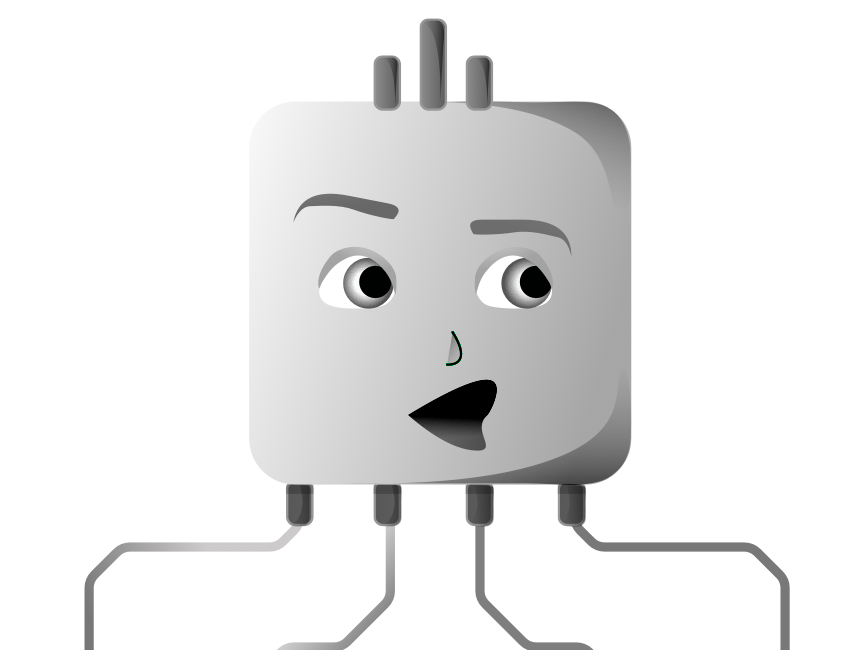
In parallel to the design, I led a series workshop with each teams to remove unconscious bias by presenting a text-only version of the personas to identifying and categorizing assumptions about users, identify if the current state of the audience is accurately represented, and to role-play to further build empathy.
I also created a behavioral landscape and level of effort map for teams to quickly understand which personas they may be working with at any point of the product experience.
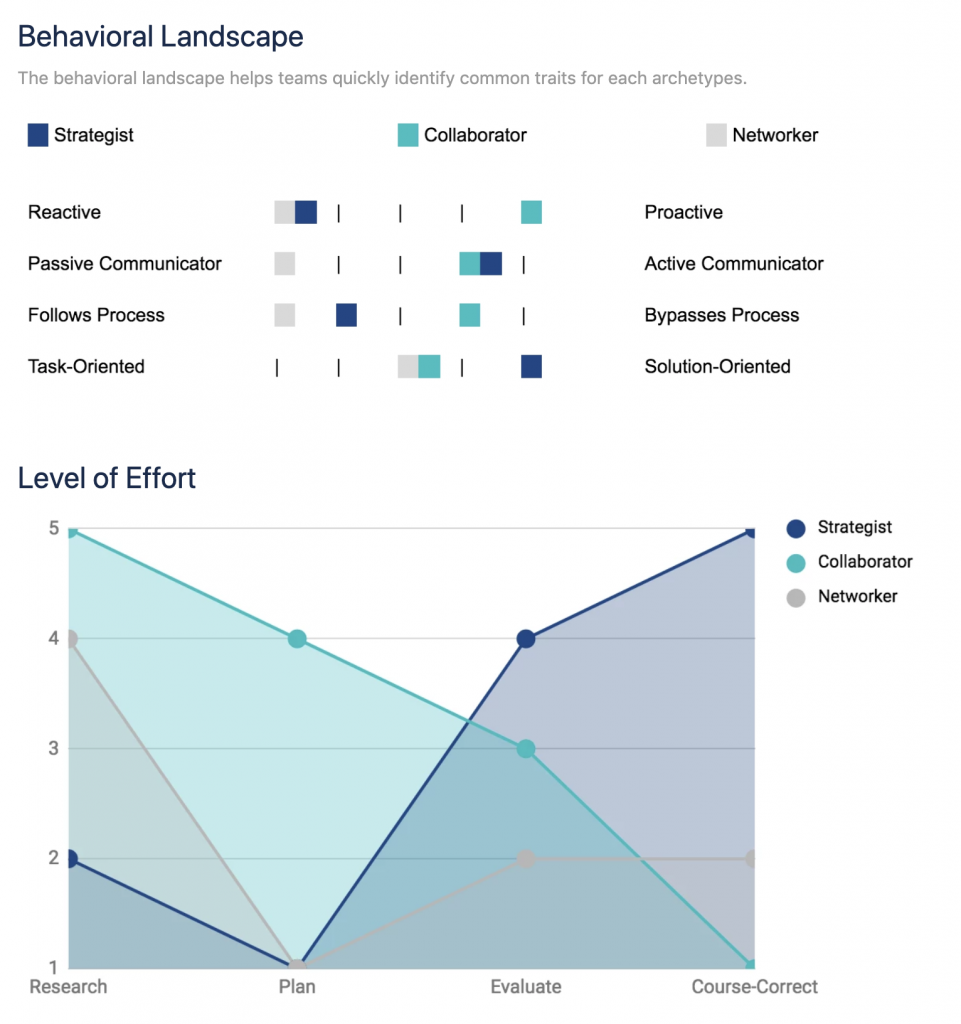
After the workshop, I created a series of posters to be displayed in the office to keep the personas top of mind for the teams as well as presented at a company-wide presentation.
